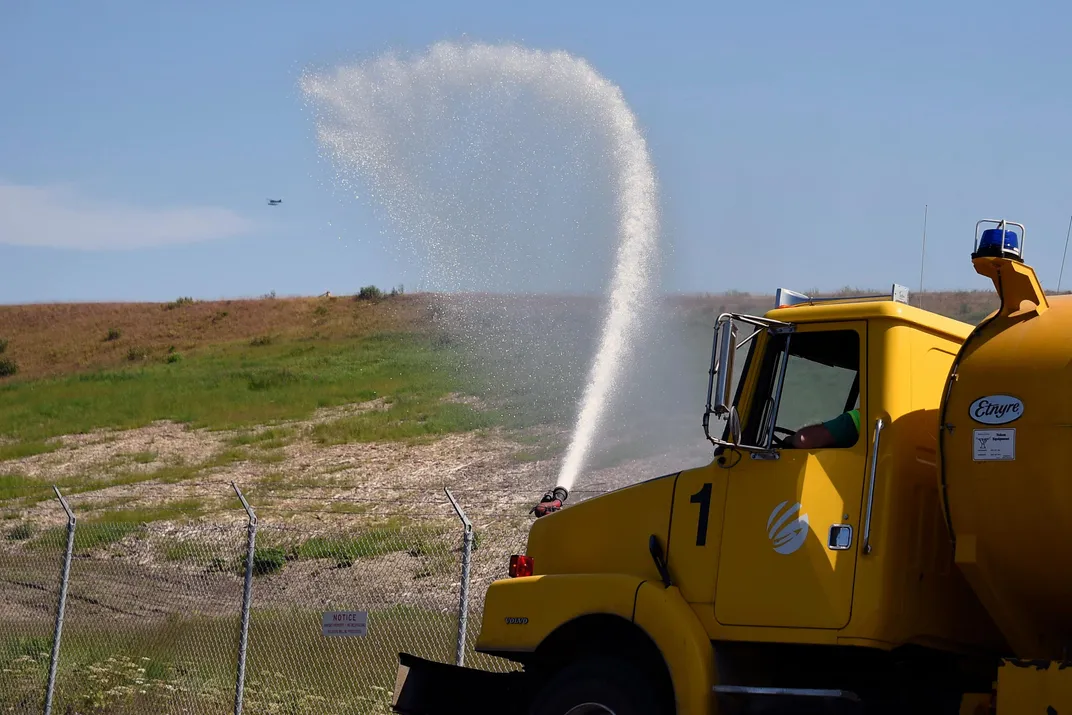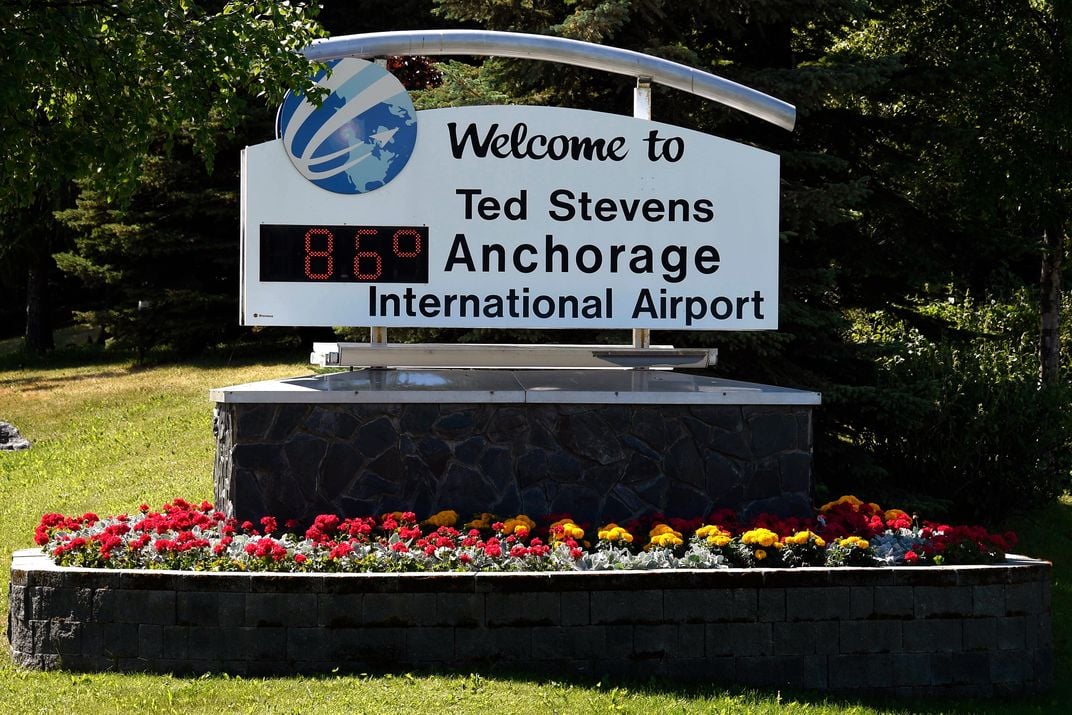For the First Time Ever, Temperatures Reached 90 Degrees in Anchorage
Alaska is not a stranger to sweaty summer days, but climate scientists are nevertheless concerned about the recent heatwave
/https://tf-cmsv2-smithsonianmag-media.s3.amazonaws.com/filer/12/d1/12d1aaad-2963-40e6-acde-82ebdfe89e56/gettyimages-1160100748.jpg)
July is typically a balmy time of year in Anchorage, Alaska, with average temperatures hovering at a high of 65 degrees. But the city rang in the month—and Independence Day—with a historic heatwave; as Laurel Wamsley reports for NPR, it was 90 degrees Fahrenheit in Anchorage on July 4, marking the first time since records began that the temperature has climbed so high.
Weather records for the city date back to 1952, and Anchorage’s hottest day had previously been June 14, 1969, when it was 85 degrees. “Breaking an all-time record by this much is pretty unheard of in the climate community,” says NBC News meteorologist Bill Karins.
Other Alaskan cities—among them Kenai, Palmer and King Salmon—also set all-time weather highs on Independence Day, with temperatures hitting the high 80s. AccuWeather meteorologist Brett Rathbun reported on Monday that the sweltering heat is expected to remain in place for the next few days, due to a “heat dome” that has settled over the southern part of the state.

It has, generally speaking, been an unusually hot spring and summer in Alaska. In March, temperatures were as much as 20 degrees higher than historical averages, and last month marked the driest and second-warmest June on record, reports Daniella Silva of NBC News. Some have taken to calling the state “Baked Alaska.”
Hot and dry conditions are fuelling wildfires, which have burned through 634,000 acres this year, compared to 411,000 acres in the entirety of 2018. The situation is not yet considered “abnormally extreme,” reports Mike Baker of the New York Times, but in the interest of preventing further conflagrations, Alaska’s fire marshall banned Fourth of July fireworks in most areas.
Though Alaska is known as a snowy region of the United States, it has experienced its share of sweaty summer days. In July 1919, according to Rathbun, temperatures climbed to 99 degrees in the city of Fairbanks. Four years earlier, Fort Yukon had cracked the 100-degree-Farenheit mark. More recently, the city of McGrath, Alaska, registered temperatures of 94 degrees in June 2013.

Yet climate scientists are concerned about the recent heatwave. Alaska is one of the fastest-warming regions on Earth, with its temperatures “rising at twice the global average rate,” according to Mike Baker of the New York Times. Like other Arctic locations, Alaska is particularly susceptible to the effects of melting sea ice. Ice and snow reflect the sun’s radiation back into the atmosphere; when they melt, they expose dark areas of water that trap heat. Baker reports that ice on the Bering and Chukchi Seas, which border Alaska, disappeared weeks earlier than usual in some spots. “Surface temperatures on the seas are about four degrees above normal, while some areas are departing the norm by 10 degrees,” he writes.
Such changes in the Arctic have important implications for the rest of the planet because, according to the National Snow & Ice Data Center, the region gives off more heat than it absorbs, helping to cool the rest of the Earth.
“Everything is connected in the atmosphere and the oceans, so if you change something fundamentally there, it kind of runs downstream and can cause these extreme perturbations in the jet stream,” says CBS News meteorologist Jeff Berardelli. “We have them right now, and that’s likely to get worse in the future.”